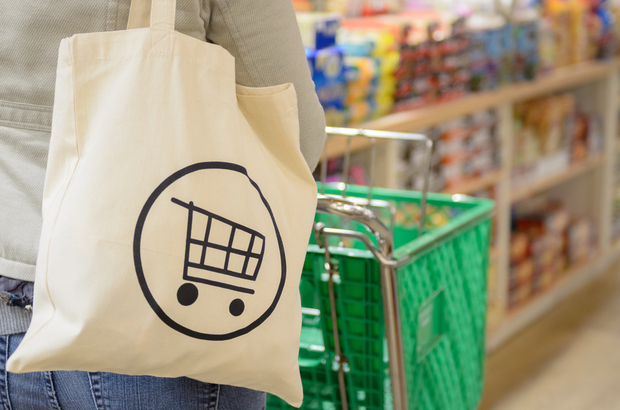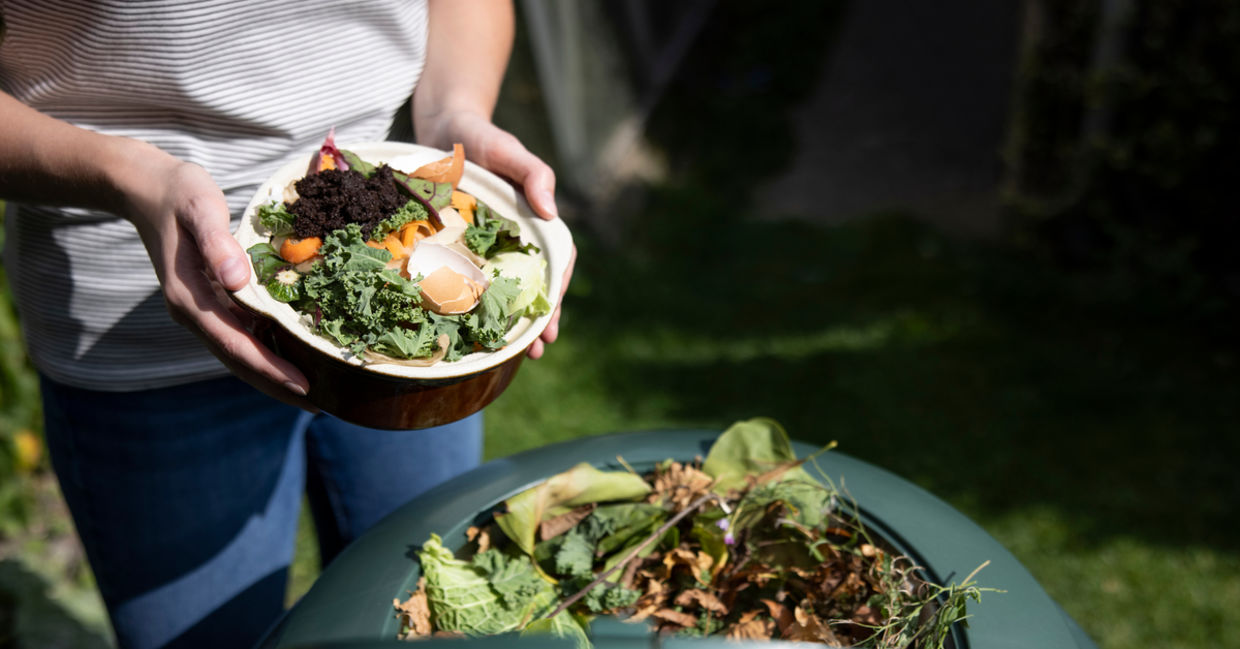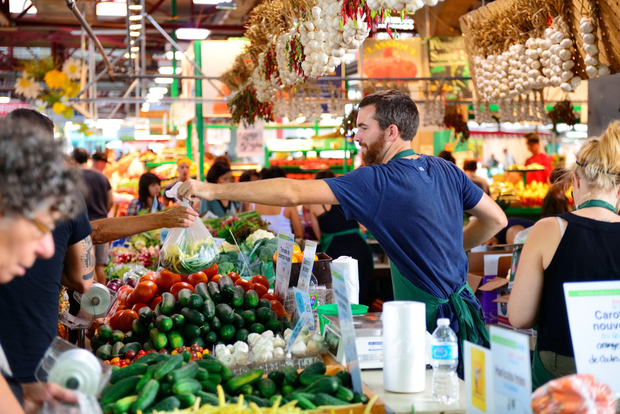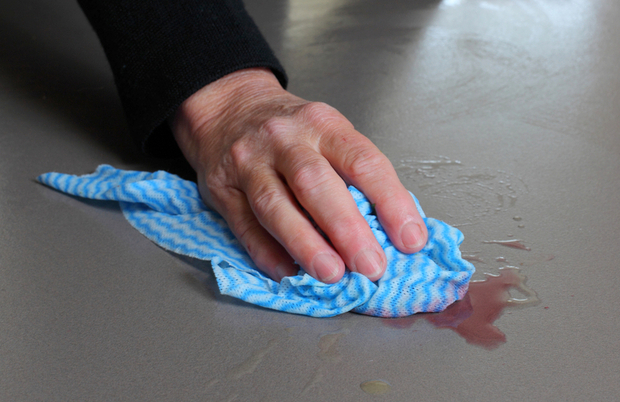
(ponsulak / Shutterstock.com)
Imagine going through your daily life and not throwing out a single piece of trash. Does that even seem possible? We have become accustomed to using plastic bags to carry our groceries, buying products that are fully packaged and performing the daily ritual of throwing out the junk mail that fills our mailboxes. All of that waste has a significant effect, with an average person in the U.S. creating enough trash to fill 63,000 garbage trucks a day. We are happy to break down this seemingly new zero waste trend for you, and present seven easy ways that eliminating waste can be implemented into your daily life.
1. CARRY YOUR GROCERIES
Bring several canvas totes with you to transport your groceries home, instead of using plastic bags. Canvas totes can be washed and reused, and they’re also a lot sturdier for heavy loads.
INSIDER’S TIP: Plastic bags found freely at grocery stores are on their way to being phased out. Many states and countries are in the process of passing legislation to remove them from stores or place a tax on their use.

(Jeff Baumgart / Shutterstock.com)
2.TAKE OUT THE GARBAGE
Leftover food scraps don’t need to be added to the trash bin, they can be easily composted indoors. Composting organic materials prevents them from going to the landfill, and using them in your garden minimizes the need for water, fertilizers and pesticides.
INSIDER’S TIP: Get started with some easy composting options from an indoor compost bin to an outdoor composting area to properly dispose of food scraps.

(Daisy Daisy / Shutterstock.com)
3. GROCERY STORE VENUE CHANGE
Make it a point to go to your local farmer’s market to buy fresh food and goods. It’s a win-win situation - you both support independent businesses, and reduce your environmental impact by purchasing foods that are in season and grown close by.
INSIDER’S TIP: Most farmer’s markets accept old egg cartons and berry baskets that they later reuse to transport their food. Here are some suggestions of fresh food initiatives that might be active in your area.

(Songquan Deng / Shutterstock.com)
4. SOAK UP SPILLS AT HOME
Skip the paper towels and use washable rags to clean up any spills.
INSIDER’S TIP: Upcycle your old clothes and towels by converting them into soft reusable rags to use around the house.

(MPIX / Shutterstock.com)
6. CLEAN THE HOUSE
Get your house sparkling clean without using store bought cleaning products that are full of chemicals and come in bulky packaging.
INSIDER’S TIP: Consult this list of 5 DIY cleaning products that are au naturel, and easy to make.

(Yuganov Konstantin / Shutterstock.com)
7. SHOP YOUR CLOSET
Textiles are one of the least recycled materials with a whopping 10.5 million tons of clothes being sent to landfills. When was the last time you saw what was in your closet? Go through your wardrobe to see what you still wear, what can be donated and what may be turned into reusable cleaning rags. If you are still in need of some new threads, browse local second hand clothing shops to see what you can find.
INSIDER’S TIP: Sometimes a piece of clothing is missing a button or has a small hole which makes it unwearable. Teach yourself the basics of sewing and make it a point to mend old clothes before you discard them.

(nito / Shutterstock.com)






